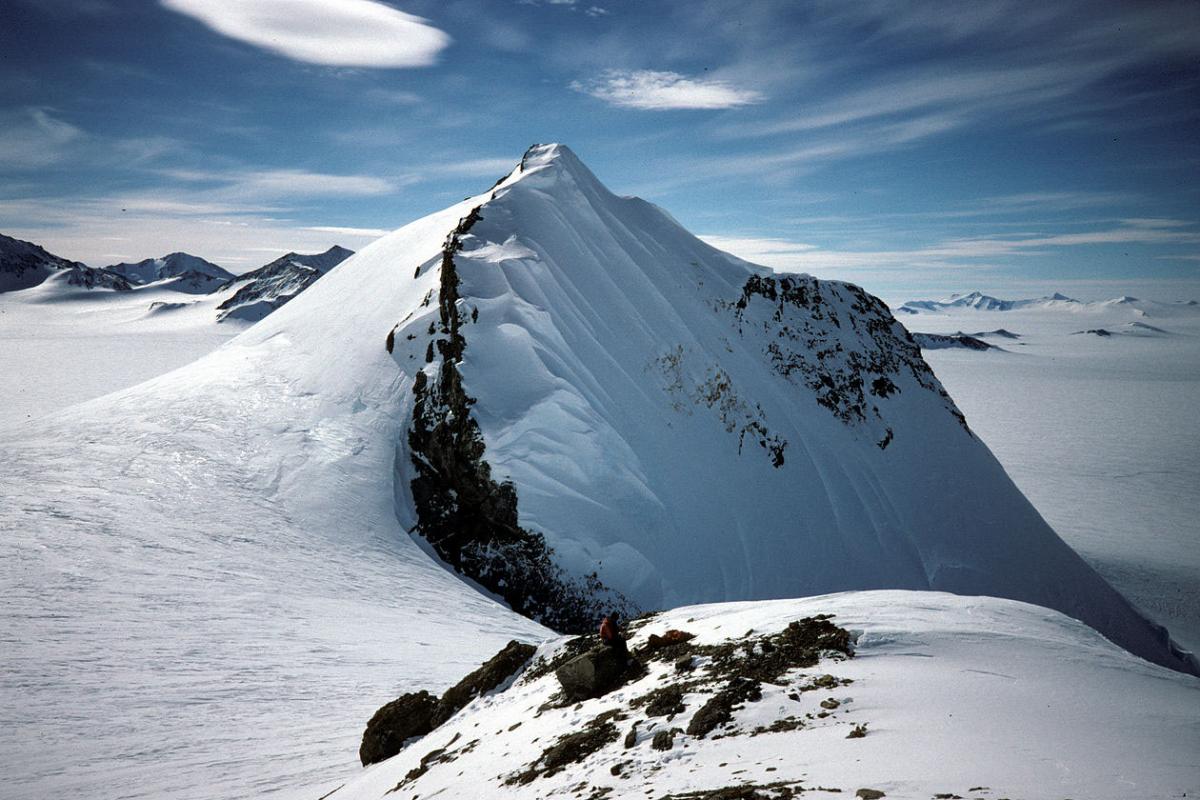Y: Don, can you believe that ninety-two million years ago, during the time of the dinosaurs, there was a rainforest in Antarctica?
D: No, Yäel, I can’t. You’re kidding, aren’t you?
Y: No, I’m not.
D: I get it. It’s all due to the movement of continents on Earth’s tectonic plates. I’ll bet Antarctica was nowhere near the South Pole back then.
Y: No, ninety-two million years ago, Antarctica was still near the South Pole. The evidence of a rainforest was discovered by a team of European scientists. They used a robotic drilling rig to recover a core of sediment from the seabed near western Antarctica. Although now seabed, the area was once land. The core clearly showed this land was not covered with ice like Antarctica today. There were fossil remains of a dense network of plant roots, pollen, spores, and the remains of flowering plants. These were the remains of a rain forest something like the ones in New Zealand today. From the evidence the scientists determined that the annual mean air temperature in that forest was about fifty four degrees Fahrenheit.
D: But Yäel, how is that possible? Near the South Pole the sun is always low in the sky, and it’s dark six months of the year.
Y: The researchers believe that their findings are new evidence of the potency of the effects of heat-trapping greenhouse gases like carbon dioxide on Earth’s climate. They think the balmy temperatures at the pole were mostly due to very high levels of carbon dioxide due to natural causes.
D: These findings might be useful to help us understand modern climate change.









